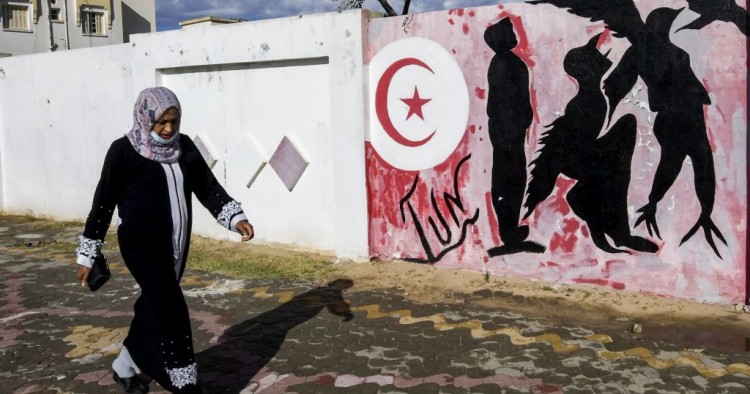Contents:
- Despite the violence and volatility, the desire for change in Yemen endures
- Libya’s unraveling
- Why the Arab Spring failed — and why it may yet succeed
- The Tahrir Revolution: A defining moment for Egypt
- A changed and changing region
- Jordan’s persistent challenges
- Tunisia’s incomplete transition
- A decade on, the Syrian conflict is far from over
- Human rights and inclusion remain central to the region’s protest movements
Despite the violence and volatility, the desire for change in Yemen endures
Fatima Abo Alasrar
Non-Resident Scholar
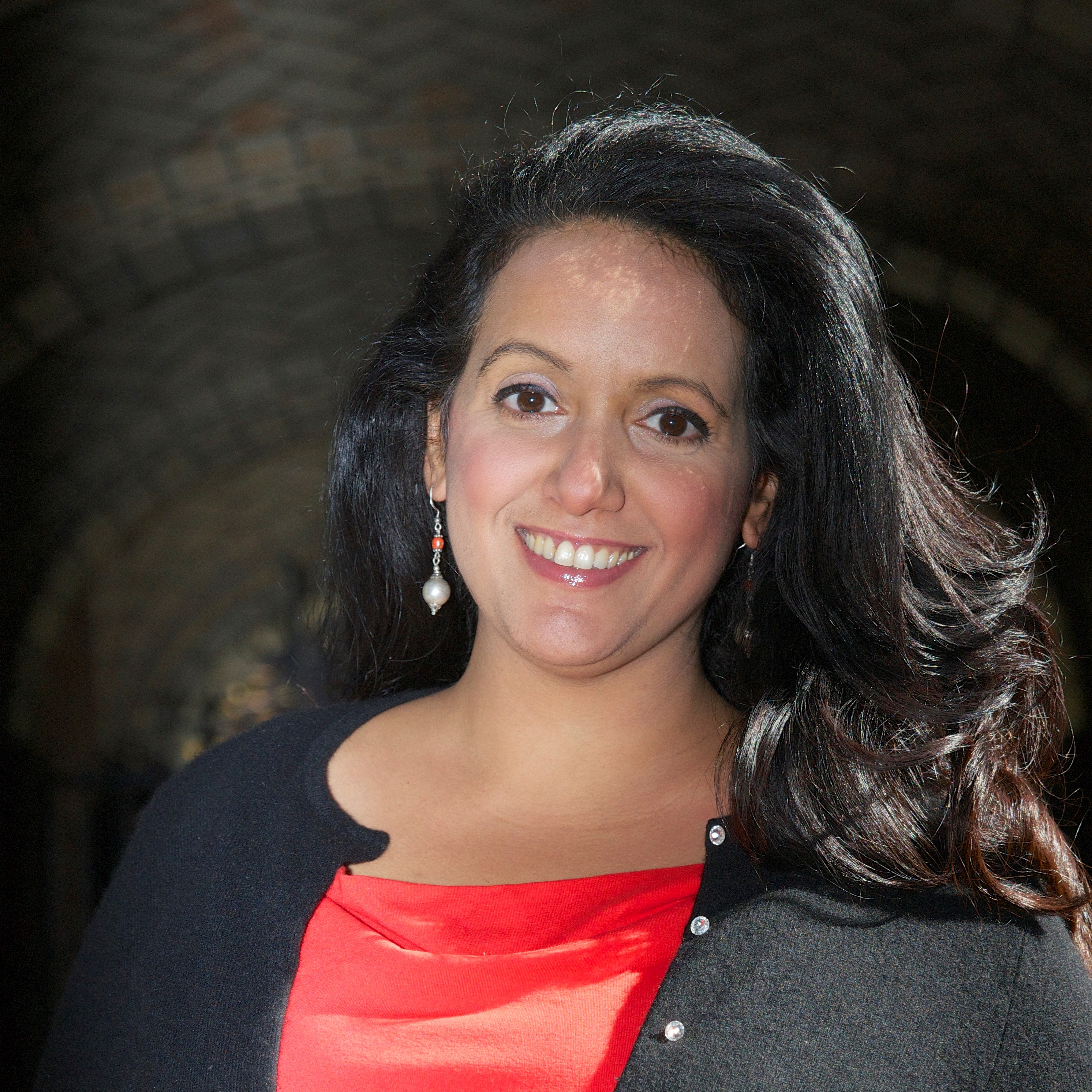
When Tunisians overthrew their government 10 years ago, their Arab brethren were inspired all across the Middle East. In a show of solidarity with the Tunisian movement and celebrating their success in overthrowing their president, Zine el-Abidine Ben Ali, many Yemeni youths marched into the Tunisian embassy in Sanaa. They were gradually emboldened to camp in Tahrir Square, demanding change, which they ultimately achieved.
The 2011 Yemen uprising allowed millions to hope for a better and more equitable future, but unfortunately, it was only a brief glimpse. Yemen's transition following President Ali Abdullah Saleh's ouster was fraught with challenges, including realizing that the new politicians could not deal with the leftover rage that people had lived with for decades under the Saleh regime. Given Yemen's tribal governance structure, backdoor deals to overthrow the transitional government succeeded when armed militias arrested President Abed Rabbo Mansour Hadi and deposed his cabinet, igniting the violence that continues to plague Yemen to this day.
Yemenis are still hoping for change and an opportunity to participate in government. Yet, the chances of this happening amid the ongoing violence are diminished by the current levels of poverty, famine, and human rights violations. The situation today is far more volatile and much worse than when the uprising started. There are multiple de facto authorities on the ground that have no regard for any governance values, including the tribal values that many Yemenis hold dear. Yet despite the desire to see these authorities leave, the need for stability and economic opportunity compels many to seek peace with their oppressors because they don't want a repeat of the same precarious outcome that resulted from the first uprising.
Although it might not seem like Yemenis are ready for a new round of change, they are practicing this change in every aspect of their lives today. Even if they have no real clout on the ground, political parties such as the Islah Party, movements like the Southern Transitional Council, and other actors are active and challenge the government every day. The competing narratives propel politicians to govern better. Violent militias may have subdued many Yemenis for now, but given the dynamic civil society structure, the multiple defections, and the vibrant political landscape, Yemen's spirit and desire for change undoubtedly endure.
Follow on Twitter: @YemeniFatima
Libya’s unraveling
Mieczysław P. Boduszyński
Non-resident Scholar

In early February 2011, I was a U.S. Foreign Service Officer preparing for an assignment in Libya. A very senior U.S. official assured me at the time that Libya was immune to the Arab Spring uprisings that had engulfed Egypt and Tunisia. The Moammar al-Gadhafi regime had too much of a grip on power and Libyan youth were too apolitical and apathetic, the official argued, to muster the will to rise up.
He was wrong. The Libyan revolution began on Feb. 17, leading to an unprecedented show of international unity in the U.N. Security Council around the need to protect Libyan civilians from what was then seen as imminent slaughter. That, in turn, prompted a NATO-led air intervention and ultimately, the death of Gadhafi himself at the hands of rebel militias in October 2011. Gadhafi was the state, and whatever limited institutions existed before 2011 crumpled with his demise. Nevertheless, when I arrived in Tripoli in 2012 there was real optimism. I witnessed giddy Libyans vote for the first time. I met brave and innovative young civil society activists determined to build a new, democratic Libya.
The failure of the democratic transition and the ultimate collapse of Libya as a unified state in 2014 had negative consequences far beyond its borders. Weapons looted from Gadhafi’s arsenal spread throughout the region. The fact that the NATO intervention turned into a de facto regime change operation enraged Russia, which even today opposes even the weakest Security Council resolutions on Syria. ISIS and other extremist groups established a foothold in Libya and used it to carry out attacks in Tunisia. The country became a haven for human trafficking. And in recent years, the Libyan conflict became a veritable proxy war, with at least half a dozen foreign states sending money, weapons, and mercenaries to their favored factions.
All of this has contributed to no shortage of “buyer’s remorse” among Western policymakers and pundits. To be sure, some of Libya’s post-Gadhafi challenges were predictable. But the discourse of inevitability also serves to absolve outside powers of their role in Libya’s chaos. A lack of will in Brussels and Washington meant that critical diplomatic engagement was sorely lacking. At other times Western policy was ambiguous and divided. And the failure to impose meaningful costs on countries that have helped fuel the Libyan conflict in violation of the international arms embargo is both a strategic and moral failure.
Why the Arab Spring failed — and why it may yet succeed
Paul Salem
President
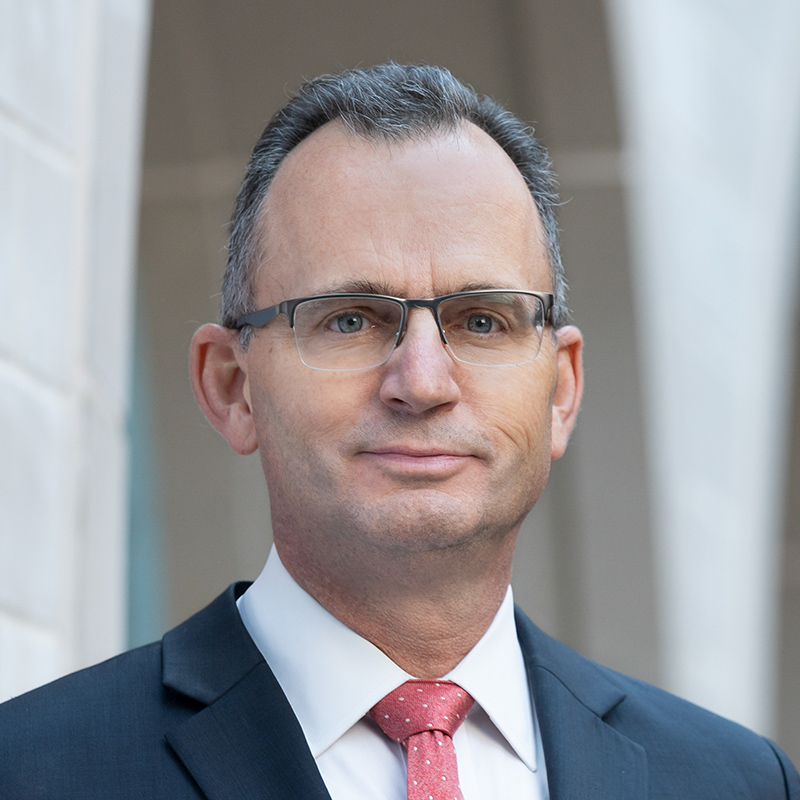
December 17, 2020, marked ten years since Mohammad Bouazizi immolated himself in a small town in Tunisia. His death on January 4, 2011, unleashed a chain of events that led to national protests and uprisings first in Tunisia, then in Libya, Egypt, Syria, Yemen, and Bahrain. Over the past two years similar protests have erupted in Sudan, Algeria, Iraq, and Lebanon. As the pandemic hopefully begins to ebb in 2021, we can expect new ones to break out again.
Lenin said “decades go by and nothing happens; then days go by, and decades happen.” The uprisings of 2010 and 2011 — and those of 2019 and 2020 — expressed a seething frustration with decades-old socio-economic systems. In many Arab countries, these systems failed to provide sufficient public goods or equity. Political systems privileged elites who monopolized wealth and used the instruments of the state not to promote the public good, but to repress and oppress the citizenry. The breaking of the wall of fear and the piercing of decades of stagnation by populations that suddenly realized their political power unleashed a dreamscape of possibility.
I lived through those early heady days of the Arab uprisings. I was in Beirut working alongside activist colleagues from many Arab countries. Wordsworth’s words about the French Revolution rang true: “Bliss it was in that dawn to be alive.”
Follow on Twitter: @paul_salem
The Tahrir Revolution: A defining moment for Egypt
Mohammed Soliman
Non-Resident Scholar
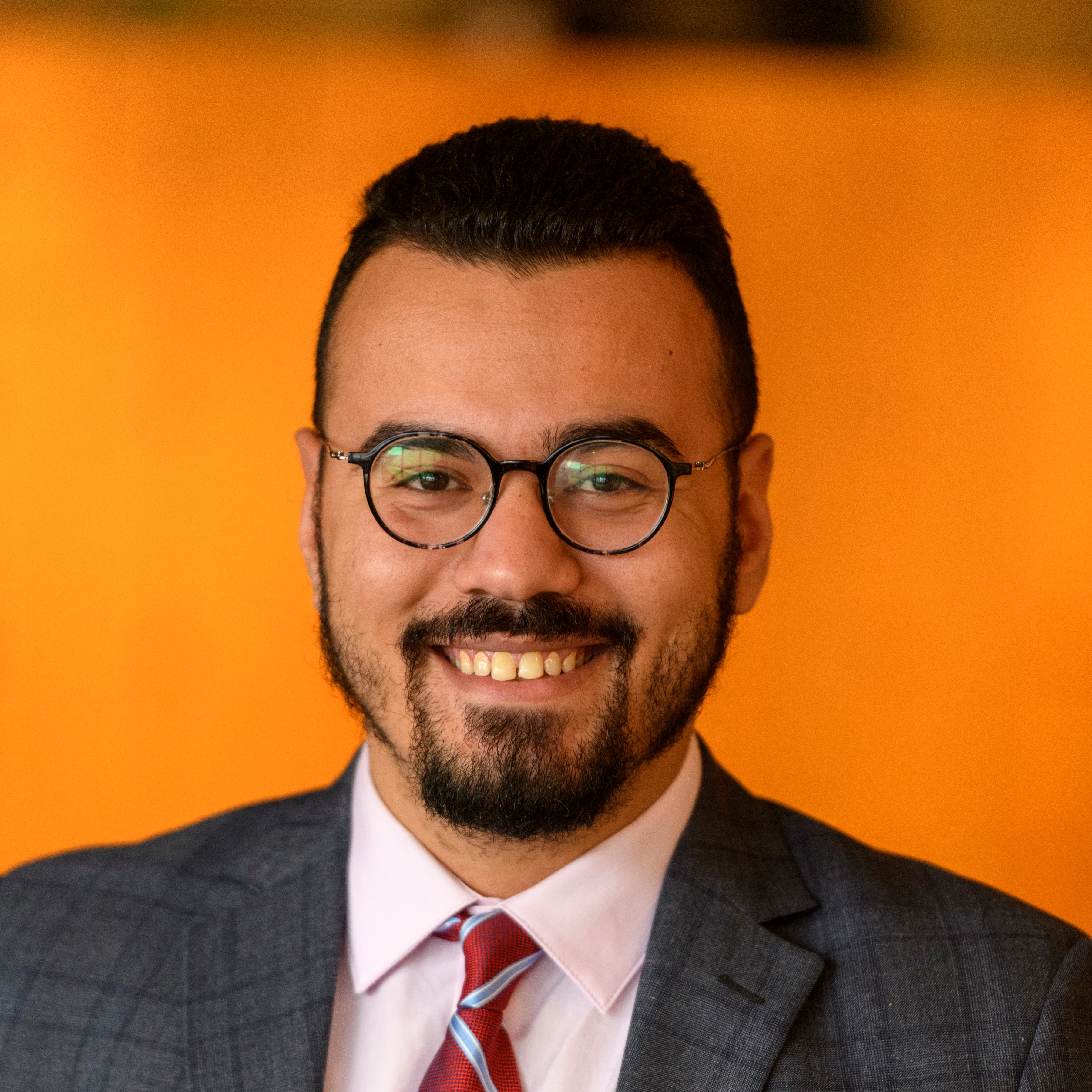
On the 10th anniversary of the Tahrir Revolution, the ramifications of the protests could not be clearer. The Tahrir Revolution led directly to Egypt's current political, economic, and geostrategic realities. While Egypt is the only MENA economy that is expected to grow during the pandemic — thanks to a massive state-led spending blitz — the most populous Arab nation is simultaneously witnessing unprecedented levels of poverty, unemployment, underemployment, and inequality. Politically, Egypt's opposition, inside the country and in exile, is fragmented. And the nation's millennial generation, who led the revolution, is leaving the country en masse, while Generation Z is reshaping culture, art, and entrepreneurship and pushing the boundaries of the country's old traditions.
These contradictory conditions laid the groundwork for the inevitable. In 2019 and 2020, scattered forms of dissent have appeared outside the large urban centers and are coming from mostly low-income citizens who have been carrying the burden of Egypt's tough-but-necessary, IMF-recommended economic reform program. The new dissidents' socio-economic and geographic characteristics are forcing the once-upon-a-time revolutionary middle class to take a much more conservative view of the unfolding events and even oppose dissent because of their growing fear of the further deterioration of Egypt's economy and security situation.
Geostrategically, the Tahrir Revolution — and its sister revolutions elsewhere around the region — changed the map for Cairo. Distracted by its aftermath, Egypt lost sight of developments in Ethiopia, where Addis Ababa rushed to build the Grand Renaissance Dam (GERD), despite Cairo and Khartoum's concerns. With the intensity of the GERD dam dispute increasing, Cairo is now focusing its diplomatic and political attention on East Africa and the Horn of Africa to secure its water interests. On its western border, Egypt has been involved for years in the Libyan civil war, where it first backed eastern forces, but now has begun to mediate between Tripoli and Benghazi to end the conflict, secure Egypt's eastern borders, and ultimately force foreign powers out of Libya.
The Tahrir Revolution defined the last decade and will continue to shape Egypt's future, especially given the regional conflicts, mass migration, and the high levels of unemployment and poverty.
Follow on Twitter: @ThisIsSoliman
A changed and changing region
Hafsa Halawa
Non-Resident Scholar
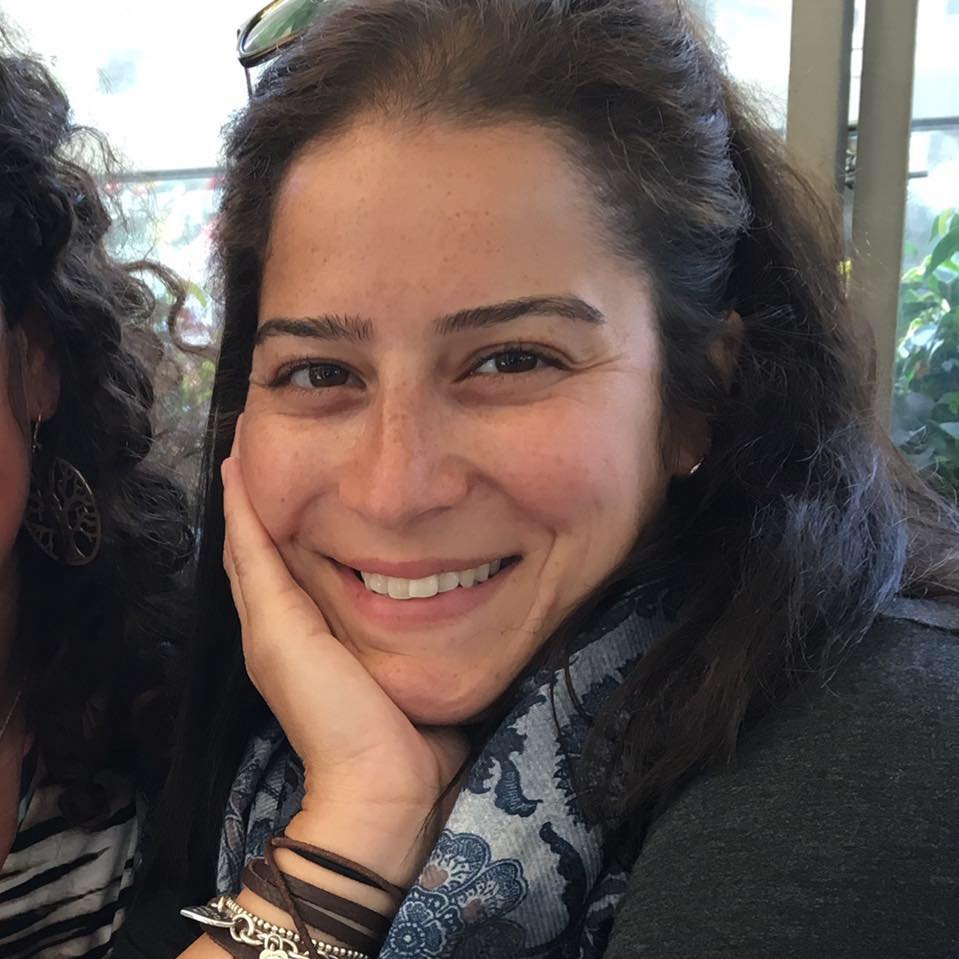
The MENA region is forever changed. Whether that change began years before 2011 is open to debate, but the last decade has cemented it through mass mobilization as a tool by which citizens invoke their right to be heard. Nevertheless, the success or failure of protests and uprisings is the wrong barometer by which to measure it. Rather, the reality is that as a result of demographic shifts, the evolution of societies that are better educated and globally exposed, and the ability to mobilize even under the most repressive of circumstances, citizens have already decided how they want that change to manifest.
There is no absolute in measuring the shifts that have occurred over the last 10 years. It does not come in recording the toppling of one leader or regime, or the descent of a country into civil war. Forms of local mobilization between generations and within communities provide a more tangible measurement of how the region has developed. While authoritarian governments and armed non-state actors still monopolize the perception of the region, the vast majority of societies remain nonviolent, victimized and exhausted by politicized ethno-sectarianism, more concerned with realizing individual and communal self-determination. Younger citizens are protective of creativity, innovation, and fundamental freedoms.
Recent laws that allow women to drive in Saudi Arabia are not indicative of where the region is in its fight for gender equality. In the same vein, transformation brought about through mass mobilization should not be measured across the region by conflicts in Syria, Yemen, or Libya, or by the retrenchment of authoritarianism in Egypt. We use the term “resilience” in describing citizens in this region far too frequently and incorrectly. Rather than view societies as “resilient,” we should see them as self-empowering, creating their own space for development and change, as their governments fail to respond to needs and wants.
The coming decade will continue to see change on a societal level. COVID-19 will have massive economic implications across the region, even in the richest parts. This will impact demographic shifts already underway, likely exacerbating brain drain and forcing governments to reckon with communities insistent on material change. Women have already made great strides that will continue to evolve as feminist movements recalibrate and engage younger generations seeking to lead. The class gap that has defined this region for so long will widen, with increasing extreme poverty for the majority of populations and a shrinking circle of elites as oil wealth declines and the impact of climate change grows.
Whether these changes result in mass mobilization or any form of positive change from governments is both unclear and rather immaterial, when looking at society’s own evolution. The region has changed and will keep changing. The coming decade must see us — as researchers, practitioners, donors, and international actors — move away from determining success or failure on the basis of revolutions or uprisings, or through the lens of governments. Instead, we must look to the region’s people, allowing them to create their own barometers for development and chart their own paths to success, to better support positive and sustainable change.
Jordan’s persistent challenges
Dima M. Toukan
Non-Resident Scholar
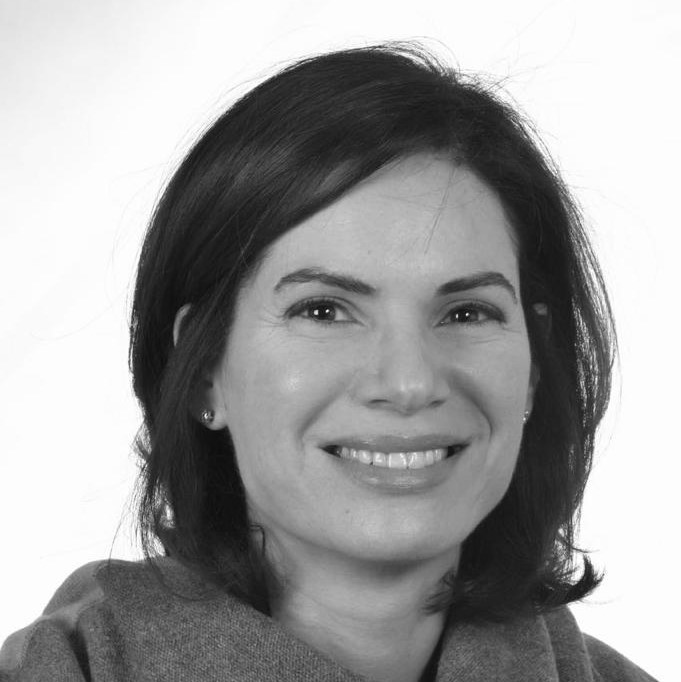
The optimism Arabs felt 10 years ago has dissipated. The sobering realization that protests cannot break through the deep state and its maze of development challenges and crippled institutions meant assumptions had to be reconsidered. While Tunisia still holds promise, other countries have descended into worse versions of themselves.
For us in Jordan the Arab Spring was inconsequential. We weathered the storm but emerged no more resilient or strong. Few real changes were passed and only to pacify an already manageable opposition. Since then, the regime has been trying to improve economic conditions, but challenges of capacity, efficiency, and accountability, requiring bolder reforms, continue to heavily impact the country’s prospects, further strained by COVID-19.
The reform architecture is packed with national plans whose implementation is patchy and difficult to track. Decentralization promised a bottom-up approach to policymaking, greater political participation, and local development. Five years into the experiment, the picture is not promising. The capital Amman remains the locus of development while other governorates continue to lag behind in local development and quality of and access to public services.
Political activism continues within fragmented pockets of discontent. Civic space is shrinking. Despite millions in development assistance pouring into civil society, its promise to give voice to communities and serve vertical and horizontal accountability is unfulfilled. With a limited ability to locally fundraise, the reliance on development assistance, already cushioning the costs of the lack of reforms, has, to say the least, disoriented its vision.
The private sector today possesses the boldest vision in the country and is a key lever for change. Its situation, however, is no less precarious. COVID has hit hard, and with the Gulf countries next door offering a more favorable ecosystem, the sector’s flight is in question.
The most impacted are the youth. Many are leaving, with long-term implications for a country that deeply needs to retain its talent. According to Arab Barometer, 59 percent of those aged 18-29 want to migrate.
For Jordan, the Arab Spring was insufficiently “disruptive.” It allowed the reiteration of the same. How this unfolds depends on what lessons were learned and by whom.
Tunisia’s incomplete transition
Emiliano Alessandri
Non-Resident Scholar
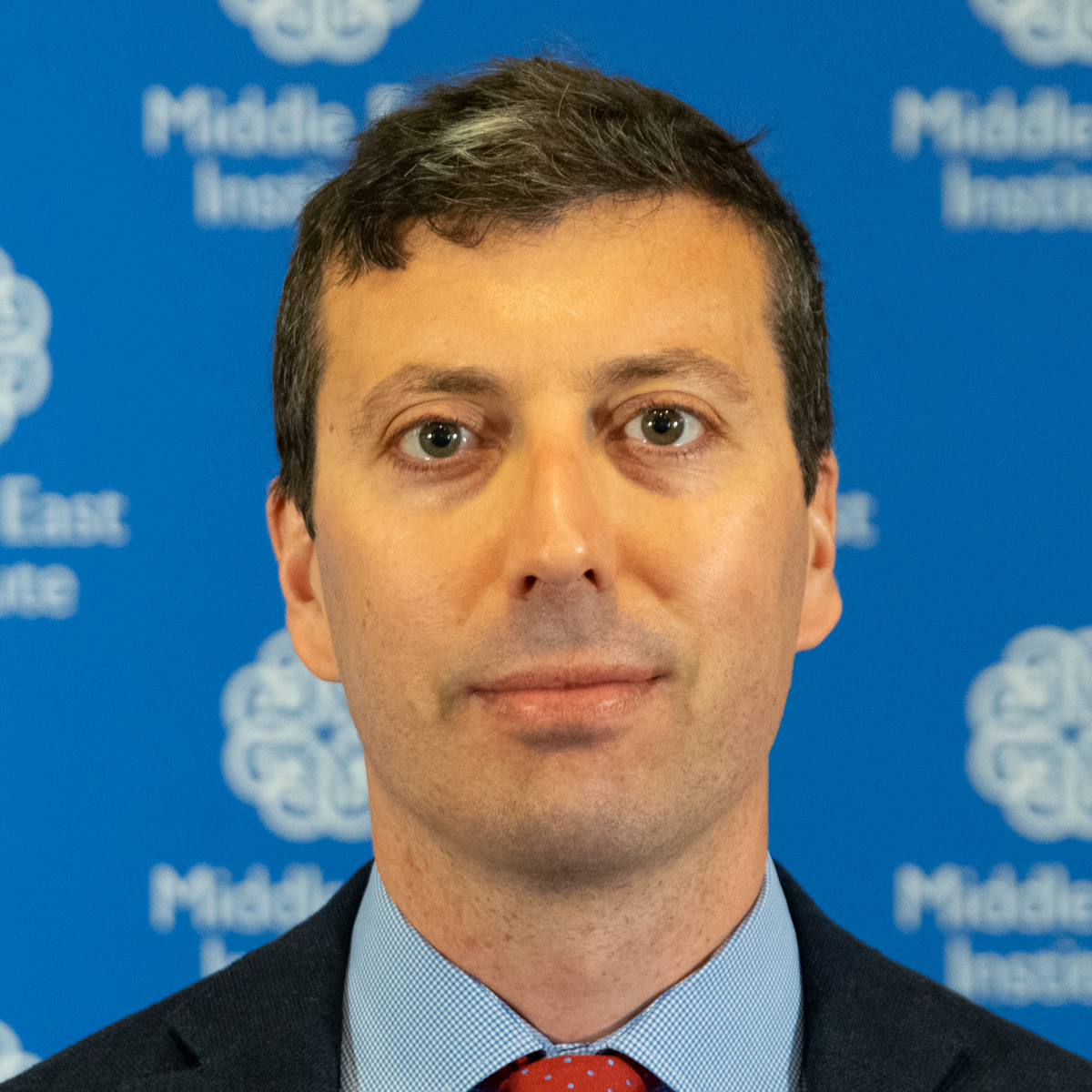
Ten years after President Zine el-Abidine Ben Ali’s overthrow from power, the state of Tunisia’s democratic transition is sobering at best. The country has witnessed growing polarization, reforms have stalled, a deteriorating security situation has brought back illiberal policies, and for too many Tunisians the day-to-day challenge remains how to make ends meet. As the pandemic rages, scores of Tunisian youth face the choice between unemployment and migration, even if the latter often means embarking on a dangerous journey toward an unwelcoming Europe. This was certainly not the outcome Tunisians had in mind when they took to the streets in 2011.
Yet, (Western) commentators’ growing gloom about Tunisia’s future is as unjustified and misleading as was their earlier excitement. Greater nuance, and above all a deeper appreciation for national dynamics, should temper the widespread tendency to endow Tunisia with too many exemplifying attributes. To be sure, a certain emphasis on the country’s “paradigmatic” value was perhaps unavoidable. After all, it was in Tunisia that the dubiously named and ill-fated “Arab Spring” first broke out, sending shockwaves across the region. The fact that it is a small and more homogeneous nation than some of its neighbors — one with comparatively deeper ties with Europe — further reinforced dichotomous views of a Tunisian “model,” or alternatively a Tunisian “exception.”
However, an assessment of Tunisia’s transition on its own terms better reveals the extent of the change and its significance. Beyond the value of specific reforms, not least the constitutional ones, the shift was one from a society under the straight-jacket of top-down rule to one increasingly animated by (and convulsed with) a growing range of bottom-up tendencies and dynamics. In all spheres, from the economy to politics, the transition is far from complete and long-standing problems are yet to be decisively addressed. Among others, corruption stands out as a formidable challenge. So does the twin plague of cronyism — a practice that is particularly difficult to eradicate among a small population that remains over-reliant on the public sector.
Yet, a seed was planted in 2011 that seems to have changed Tunisia forever. Tunisians have learned the value of freedom and, more concretely, the power of agency. While they may nurture doubts about the fate of their democratic experiment, disenchantment is not the only outcome. Many are sticking with the power to engage, and signally the power to protest — something Tunisian workers and Tunisian youth had started experimenting with before fall of the old regime. Recent movements pushing back against the prolongation of the state of emergency (declared after the 2015 terror attacks) and its accompanying restrictions on liberties are a case in point.
The economy will undoubtedly remain a crucial test going forward. Given the great uncertainty caused by the pandemic, significant setbacks are fairly likely. To the extent that the Tunisian revolution marked a cultural, not just a political, shift, a reversal to pre-revolutionary Tunisia has become nevertheless unthinkable. While this may seem little to some, it is a lot for a country that just 10 years ago was famed for featuring one of the most egregiously autocratic and kleptocratic regimes in the region.
A decade on, the Syrian conflict is far from over
Ibrahim Al-Assil
Senior Fellow
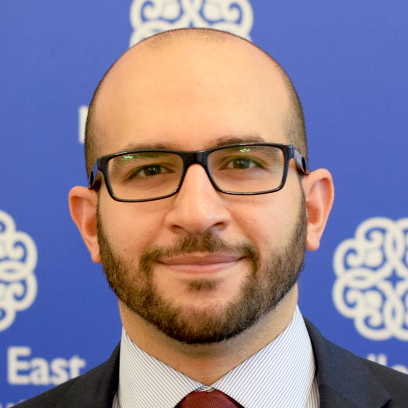
What started a decade ago as nonviolent protests, which then turned into a civil war, and shortly thereafter a regional proxy war, to become what is today an international conflict that is part of a great power competition. The result has been tragic: more than half a million people have died, 11 million have become displaced or refugees, and tens of thousands have disappeared in Bashar al-Assad’s prisons.
The conflict, however, is far from over. The root causes that led to it are still there — they are just more exacerbated. Assad’s allies, Russia and Iran, have used Syria as a base for their agendas. They have succeeded in keeping Assad in power, but the country is in shambles.
The consequences of the Syrian conflict have reached almost every corner of the world. This is not only because of the massive waves of refugees, but also because the conflict exposed dire gaps in the international system and raised questions about the international community’s responsibility to protect. Dictators around the world read these events as a lesson on how to act with impunity.
Despite this grim picture, Syrians have not stopped working for their country, whether they see results today or in 10 years. Many are working inside and outside Syria to make sure they and their aspirations for their country are kept alive. But what is key is that the international community not abandon Syria completely.
A new administration must step back and offer a comprehensive strategy. Given the reality in Idlib and northeast Syria, the U.S. should continue to freeze the conflict lines and uphold their boundaries to save the millions residing there and keep as much territory and resources outside of Assad and his allies’ hands as possible. It should reestablish stabilization programs for the areas under the control of the Syrian Democratic Forces (SDF), pressure the SDF to include more Arab elements to mirror the composition of those communities, continue to send humanitarian aid to Idlib, and revise the sanctions to find ways to ease the suffering of the Syrians in the areas under regime control. A way back to the Geneva process should always be the goal in the hope that there will be an opening for a true resolution of the conflict in the years ahead.
Follow on Twitter: @IbrahimAlAssil
Human rights and inclusion remain central to the region’s protest movements
Jessica Agostinelli
Programs Director, MEI

Ten years after the 2011 uprisings, today’s organizers in the Middle East remain committed to protecting vulnerable communities and reflect a global lens in their approach to change. MEI’s Migration and Displacement Initiative and Human Rights series have allowed us to engage directly with the activists shaping the movements reverberating throughout the region today.
Over the past decade, movements have adapted to engage across borders and center the unique needs of oppressed communities. While protests are often framed as localized demands for domestic reforms, the millions of refugees displaced since 2011 suffer from the same inequities that protest movements seek to address. Even as xenophobic rhetoric rose in Lebanon, the protest movements of October 17 were diverse and largely female-led. American University of Beirut Professor Sawsan Abdulrahim pointed to the intersectional feminist bloc of Beirut organizers, who put forward a platform with women’s rights and refugee rights at the top of the agenda. According to Syrian scholar Razan Ghazzawi, recent protests in Syria can be seen as a response to the 2011 uprisings themselves, transcending a state-opposition binary to focus on broader issues of justice and detainees. As in 2011, the leaderless nature of today’s protest movements allows for them to be resilient and adaptive.
This summer, solidarity movements emerged in the region responding to the Black Lives Matter movement in the United States. Syrian artist Aziz Asmar’s stunning mural of George Floyd in Idlib highlighted the parallels of state violence against vulnerable communities. Black Lives Matter marches in Palestine this summer reflect a longstanding Palestinian solidarity with the movement. Palestinian activist Ahmed Abu Artema explained that the Great March of Return is itself a global idea, and the struggle for freedom is one struggle worldwide. This focus on transnational issues like state violence, incarceration, and accountability provides an opportunity to reflect on common racial and colonial histories, expanding conversations opened up in 2011.
The legacy of inclusive protest movements in the MENA region and recent dialogue with other global movements provide an opportunity for activists to learn from each other and foster a more informed global network to further their vision.
Photo by FETHI BELAID/AFP via Getty Images
The Middle East Institute (MEI) is an independent, non-partisan, non-for-profit, educational organization. It does not engage in advocacy and its scholars’ opinions are their own. MEI welcomes financial donations, but retains sole editorial control over its work and its publications reflect only the authors’ views. For a listing of MEI donors, please click here.













